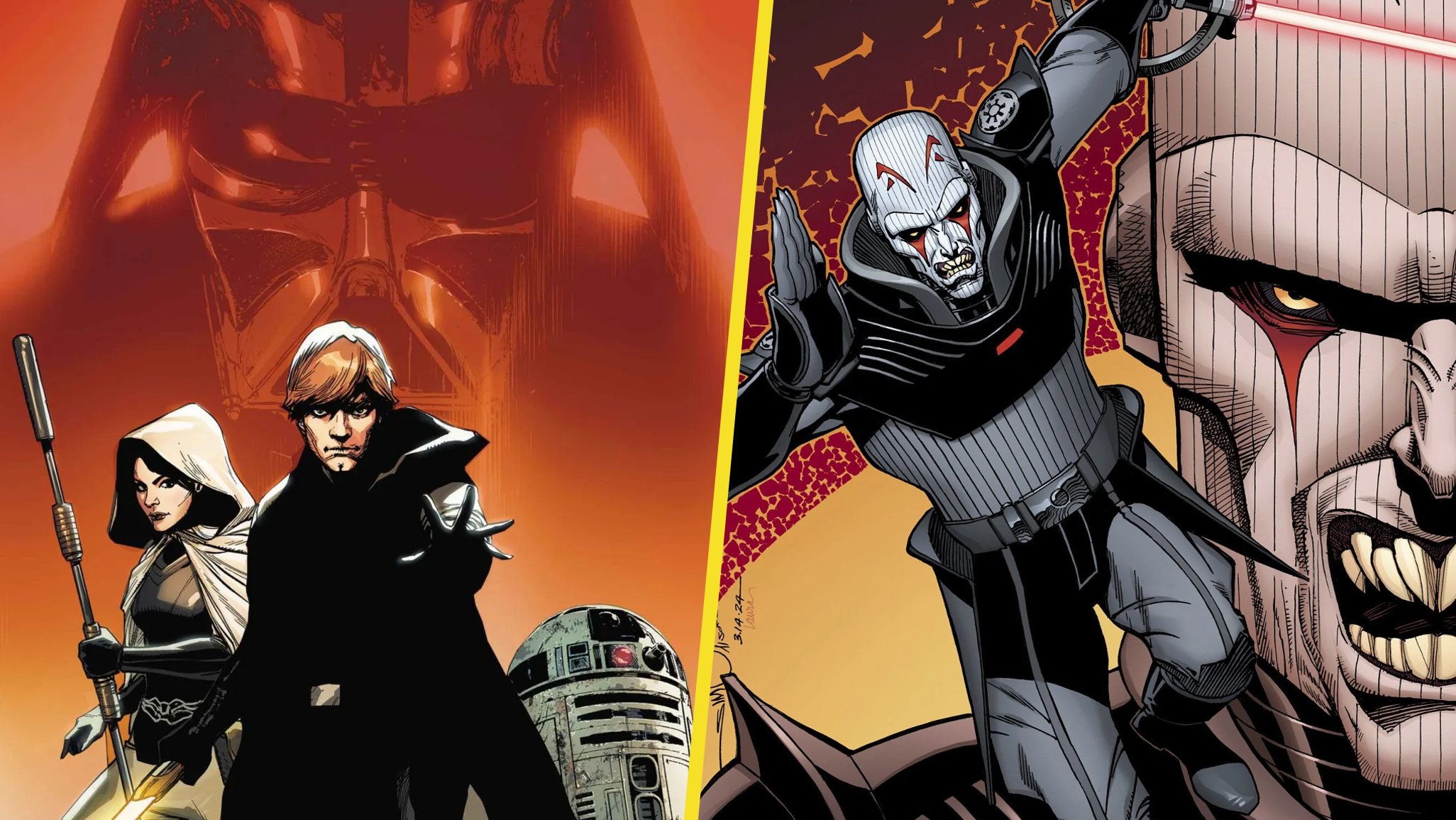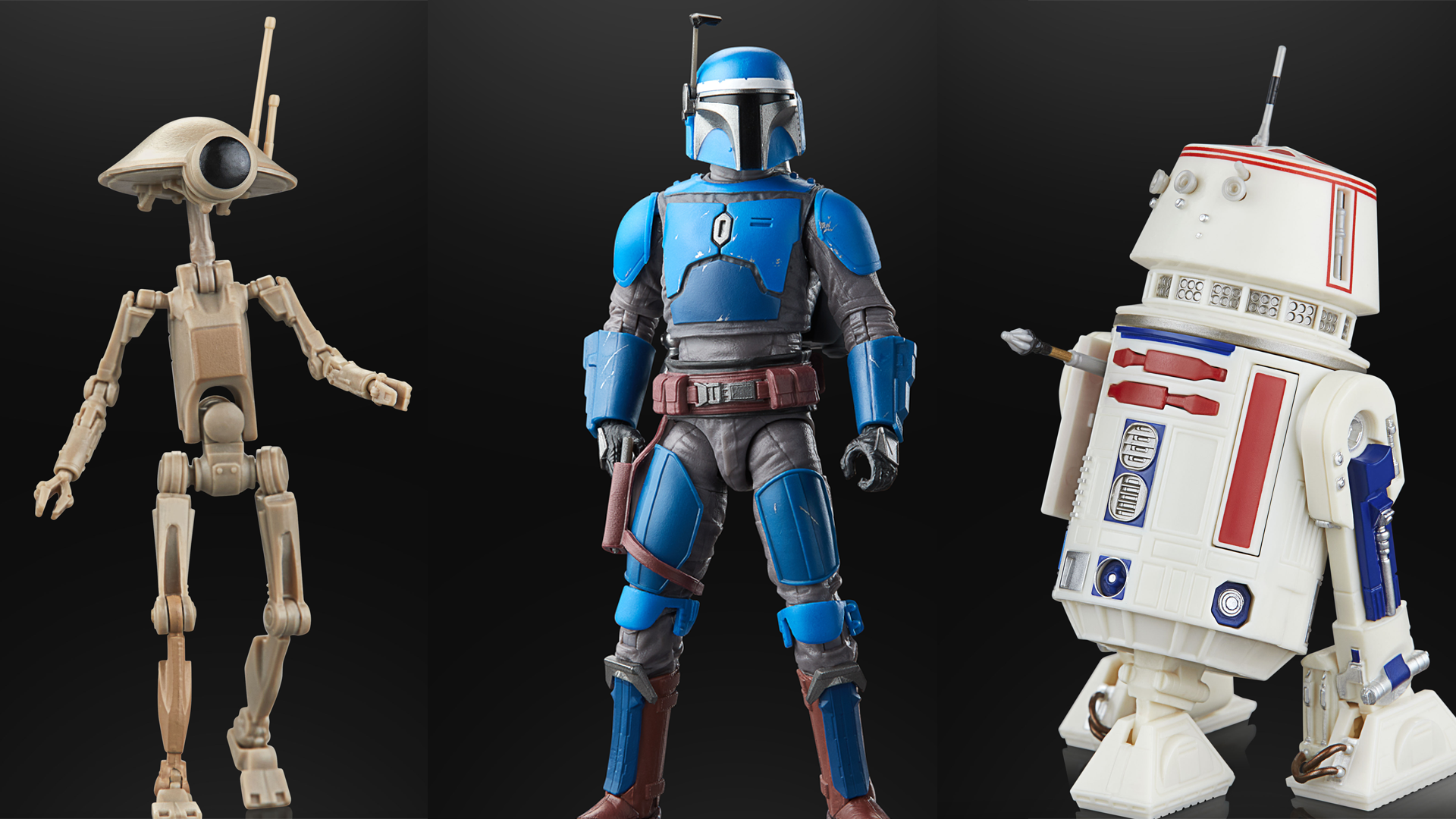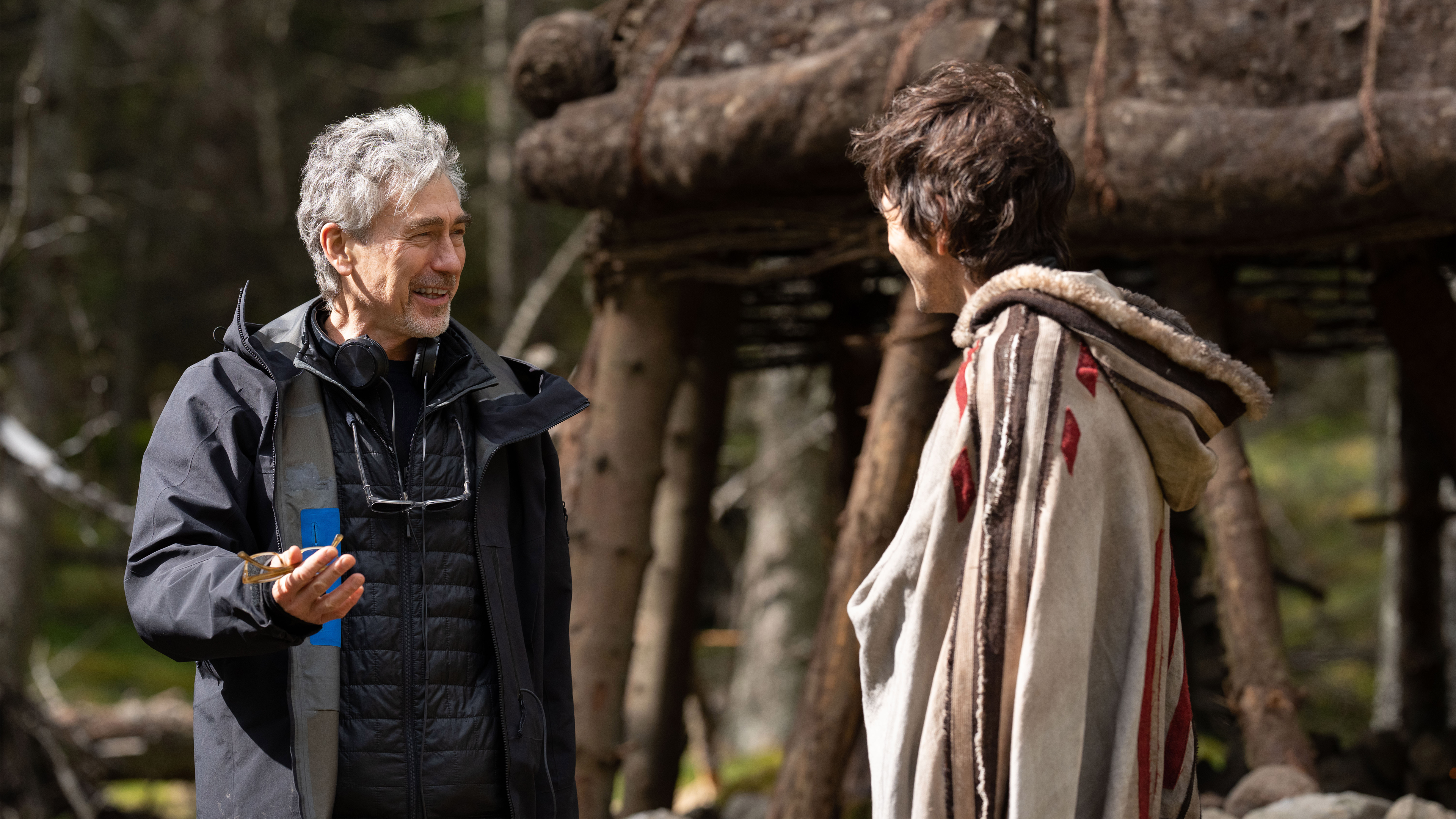‘Young Souls’ Review: Unfocused Underground Adventures
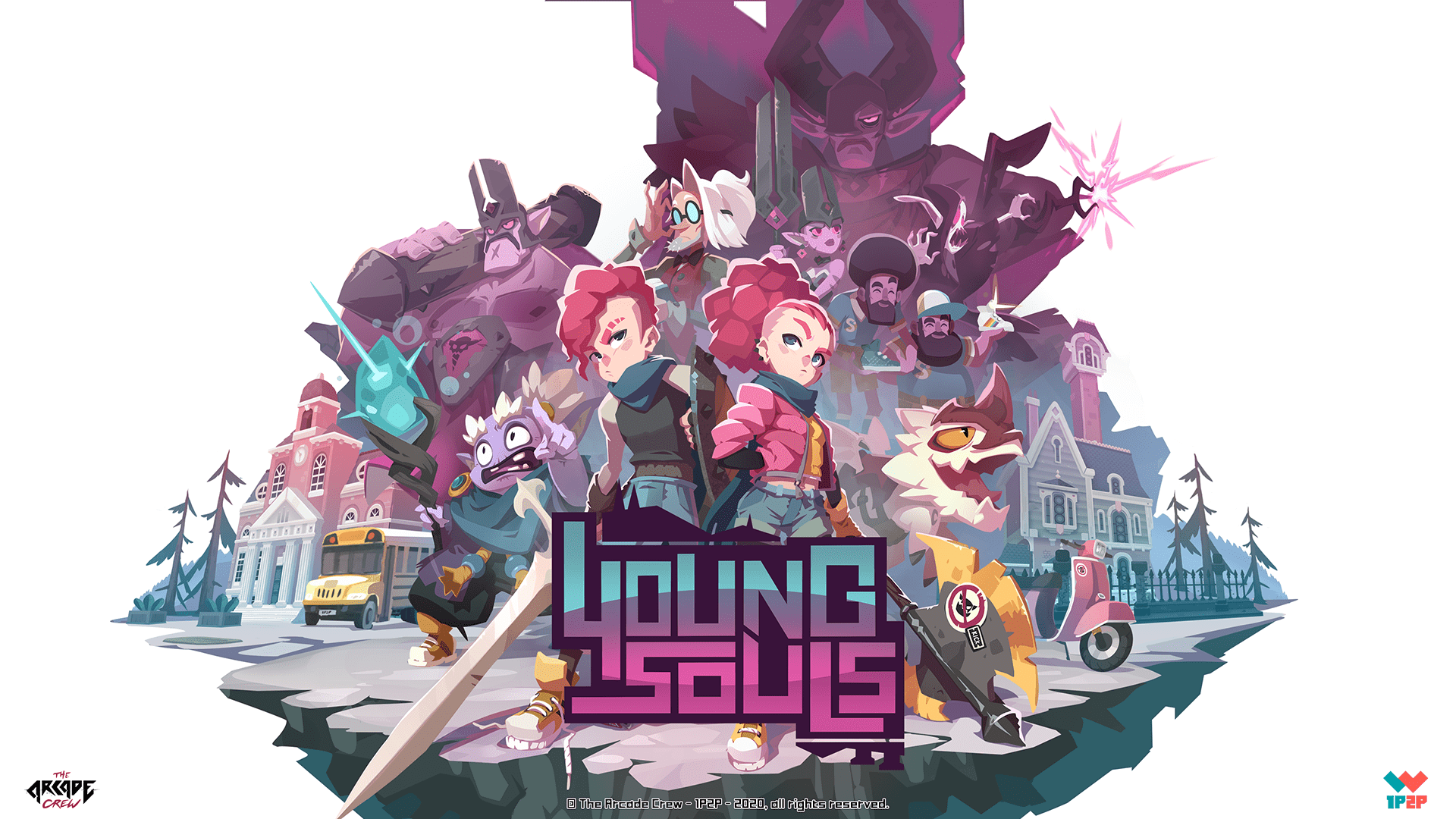
Young Souls has finally arrived on platforms other than Google Stadia, but is this a journey worth embarking on?
Many indie video games in the last few years have taken the action-RPG road and delivered remarkable experiences thanks to either procedural elements or exquisite handcrafted levels, enemies, and items. This genre, and all its variations, might be the most overdone of them all recently, with maybe the exception of metroidvanias. But that doesn’t mean players are tired of it, and it certainly shouldn’t limit the possibilities of what could be done to gameplay and structure. In fact, indie studios are in a great position to come up with small yet inventive takes on stale formulas.
1P2P Studio succeeded at making a visually attractive game that feels smooth to play (solo or co-op), but is that enough to hold most players’ attention for around 10 hours? In other times, it’d have been more than enough. Nowadays, with such a vast offer of indie titles that knocked the same blueprint out of the park, it might be harder to recommend this one due to a number of shortcomings and misguided decisions.
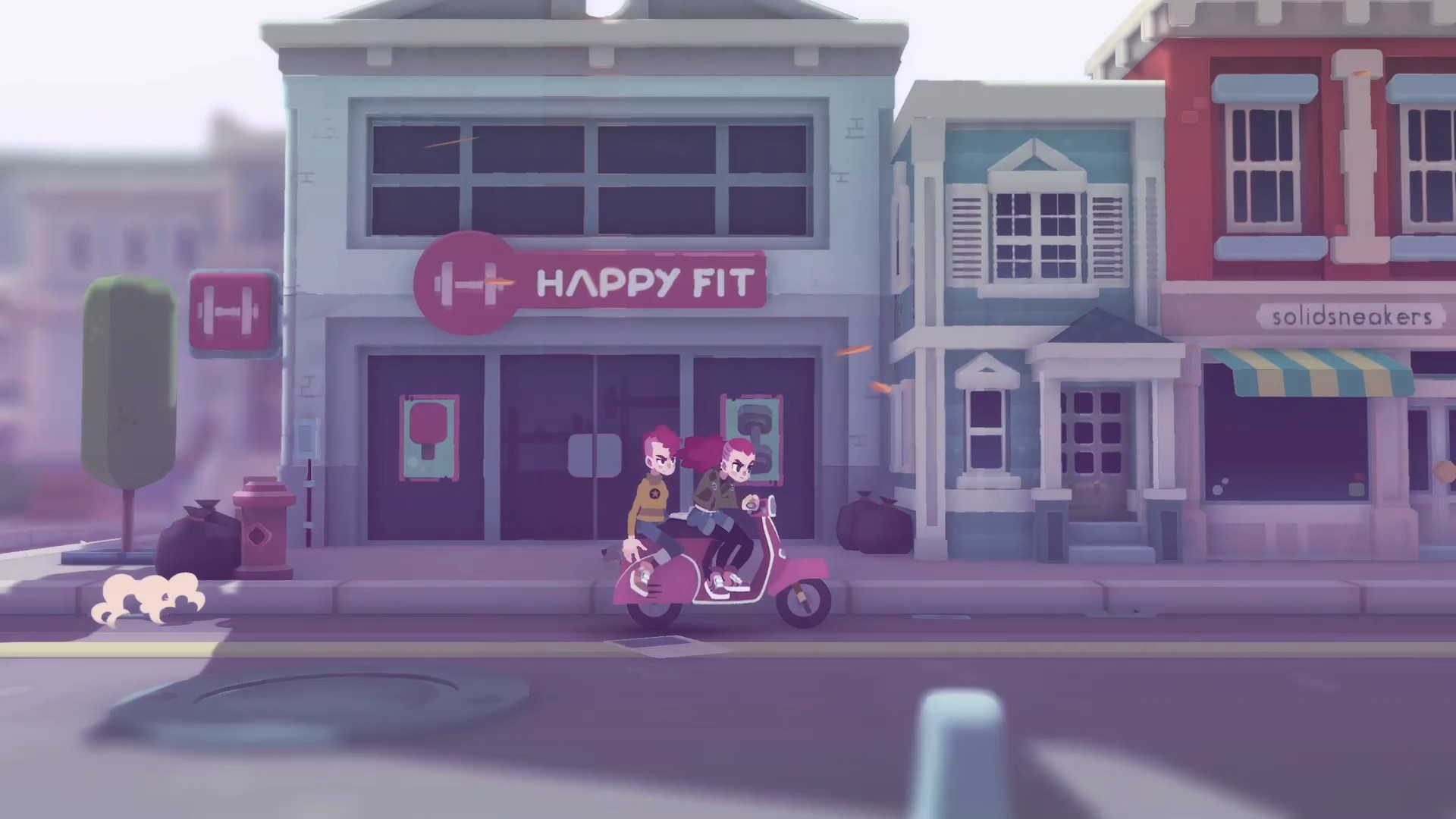
I’d personally say that Young Souls‘ biggest strength comes from the purely audiovisual presentation — it could pass for a Saturday morning cartoon from the golden age of Cartoon Network. It looks and sounds like it should, and watching it move is pure joy, expertly mixing 2D elements with side-scrolling environments that use plenty of 3D assets. This also leads into the game’s story, which is simple and hugely predictable in a charming way that harkens back to those old-school cartoons from cable TV — you’ve got two abandoned teenagers (Jenn and Tristan), a big roster of colorful secondary characters and villains, a dark mystery, and plenty of quests in a secret magical world.
Unfortunately, the game feels constantly constrained by its rather repetitive structure, which ends up bringing down both the narrative and the moment-to-moment gameplay. Young Souls may be short, but if you’re planning on giving it a chance, I’d recommend against putting in more than a couple of hours at a time. The first hour or so doesn’t follow a strict pattern, but later it presents a mundane roadmap of what you must do to achieve your final objective, and then, aside from a couple of twists, you know what you’re doing for the rest of the game: going into dungeon #1 to get macguffin #1, fighting the obligatory boss, grinding some levels, going back to town to improve your stats and equipment, and repeat. Some might argue there are entire genres of video games built around this exact type of repetition, and they’re right, but it’s not about the repetition itself — games such as Diablo or Monster Hunter are entirely predictable and “grindy” by design, so the focus is put on making the gameplay and progression as exciting as possible. And that doesn’t happen here.
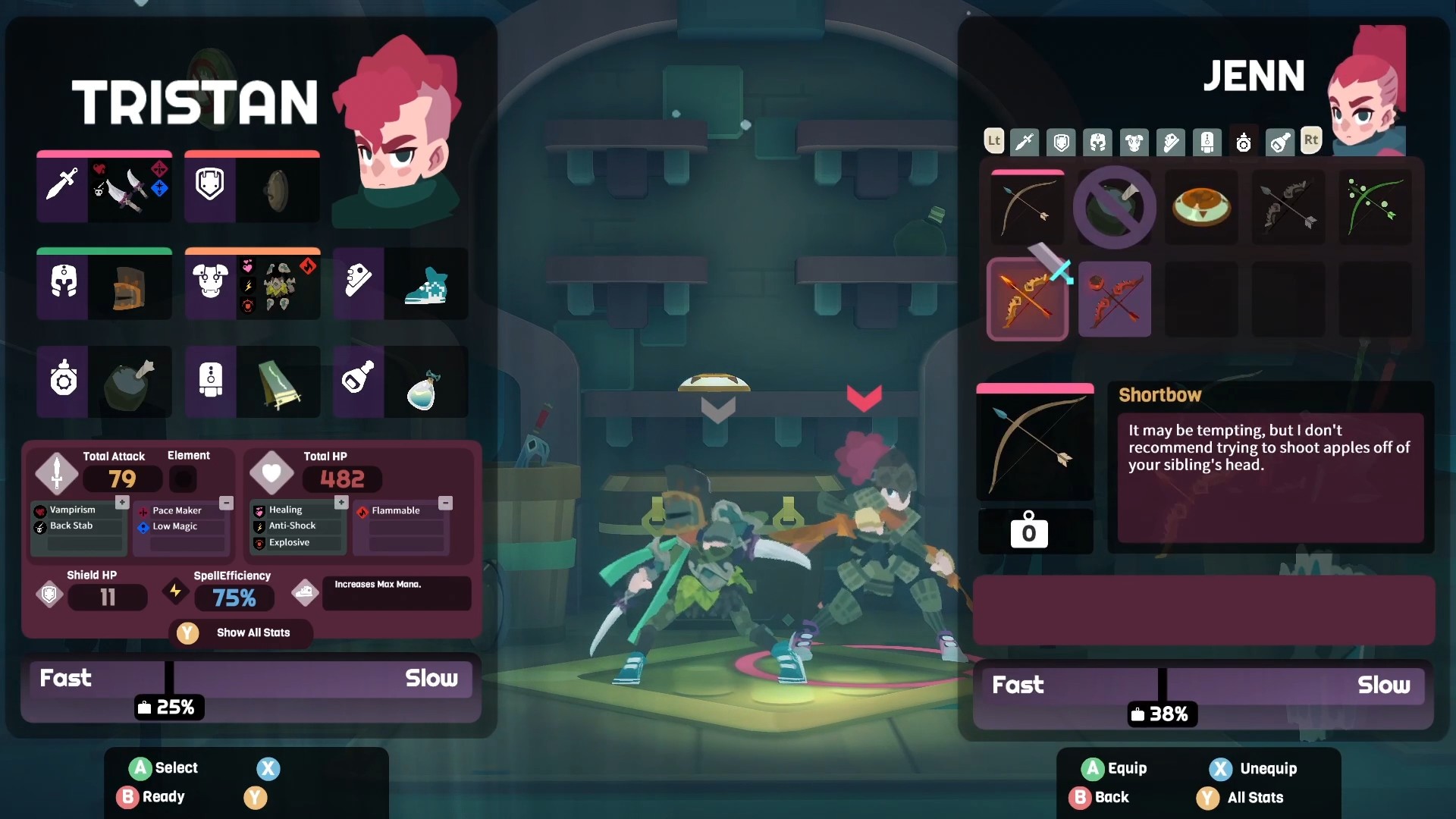
In theory, Young Souls should work, and if we look at other reviews, it does for many people. I didn’t feel the same way though, and maybe it has to do with the large amount of games similar to this one, both big and small, that I’ve played in recent years. What’s most frustrating about Young Souls is how its beat ’em up core works almost flawlessly, especially when playing co-op — this could’ve been an amazing side-scrolling, lean and mean, linear adventure — but the RPG elements feel as mundane as humanly possible and only add tedium to a game that, to match its story and characters, should feel brisk and exciting at every turn. Some unique weapons dropped by bosses are pretty cool, but you’re otherwise looking at walls of numbers and uninspired loot that slow down your progress through dungeons that aren’t that interesting to begin with.
I was initially excited when I saw the branching paths laid before me as I entered the first major dungeon of the game. Sadly, I quickly realized it simply meant I could grind through copy-pasted corridors for a bit longer so that the obligatory boss didn’t whip my ass as hard. There’s not much to the level design here, as beautiful as the art style normally is, and some trap-filled sections feel laughable at best, throwing in a few seconds of “platforming” (no difficulty nor excitement) just because. The abundant boss fights are very fun though, turning up the heat with well-designed encounters 90% of the time. They almost feel like a fluke amidst a saddening number of aimless design decisions.
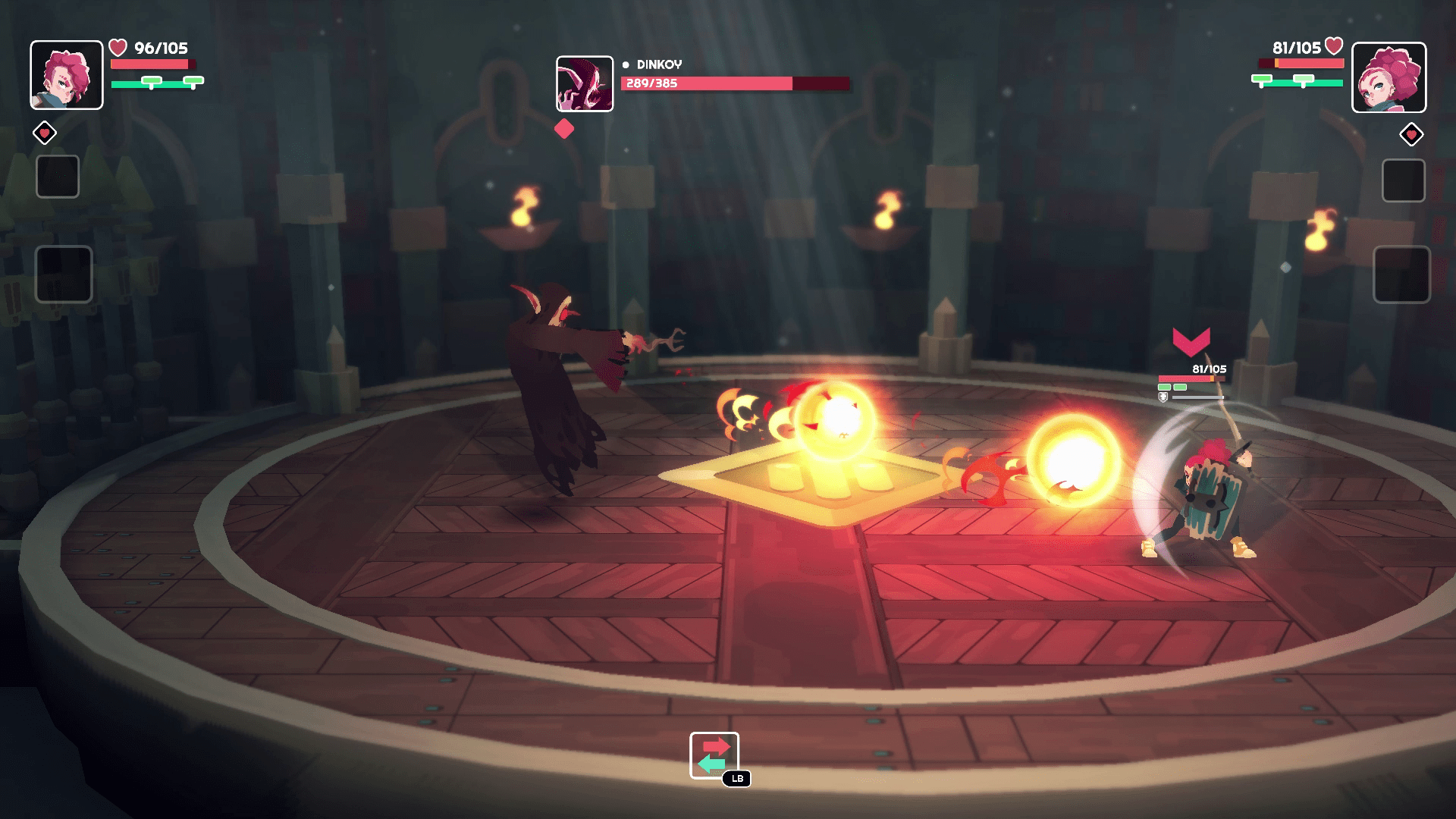
In many aspects, Young Souls feels like an early access game, a skeleton that could change and evolve into something much better, acquiring new elements that make sense and dropping dead weight. But this won’t happen, as it launched a final version last year on Google Stadia, and we’re now simply getting the ports for other platforms. I know for a fact there’s an audience for this specific game, and I greatly appreciate all the hard work put into making it look and sound amazing — I wouldn’t mind returning to this world under better circumstances — but the game as a whole never fully clicks together as the action-RPG it so desperately tries to be. And please, developers all over the world, understand that random cussing and a barrage of overcooked puns straight out of Tumblr isn’t exactly how teenagers talk nowadays.
Young Souls is now available on Google Stadia, PC (Steam), PlayStation and Xbox consoles, and Nintendo Switch. It’s also part of Game Pass for an unspecified time.
Thanks to The Arcade Crew (publisher) and Tinsley PR for the Xbox review code.
Francisco J. Ruiz is that guy who has watched Jurassic Park a thousand times and loves Star Wars. His hunger for movies is only matched by his love for video games. He graduated in English Studies from the University of Malaga, in Spain. As he keeps writing about what he enjoys (and doesn’t) for websites all over, he’s continuing his studies.



